The World Health Organization (WHO) has published global cholera statistics for 2023, showing an increase in cases and deaths.
The number of reported cholera cases increased by 13% and deaths by 71% in 2023 compared to 2022. Over 4000 people died last year from a disease that is preventable and easily treatable.
Forty-five countries reported cases, an increase from 44 the previous year and 35 in 2021. Thirty-eight per cent of the reported cases were among children under five years of age.
Cholera is an acute intestinal infection spread through contaminated food and water. Communities with limited access to sanitation are most affected.
Conflict, climate change, inadequate safe water and sanitation, poverty, underdevelopment, and population displacement due to emerging and re-emerging conflicts and disasters from natural hazards all contributed to the rise in cholera outbreaks last year.
The geographical distribution of cholera changed significantly from 2022 to 2023, with a 32% decrease in cases reported from the Middle East and Asia, and a 125% increase in Africa. Many countries in Africa reported a high proportion of community deaths, indicating gaps in access to treatment.
This is the first year that multiple countries have reported deaths from cholera which occurred outside of health facilities, known as ‘community deaths’. In five out of 13 reporting countries, over a third of cholera deaths occurred in the community, highlighting serious gaps in access to treatment and the need to strengthen this area of response.
Afghanistan, the Democratic Republic of the Congo, Malawi and Somalia continued to report large outbreaks of over 10 000 suspected or confirmed cases, with Ethiopia, Haiti, Mozambique and Zimbabwe adding to the tally in 2023.
Preliminary data show that the global cholera crisis continues into 2024, with 22 countries currently reporting active outbreaks. Although the number of cases reported so far in 2024 is lower compared to the same period last year, 342 800 cases and 2400 deaths have already been reported to WHO across all continents as of 22 August.
The increased demand for cholera materials such as oral cholera vaccines (OCV), diagnostic tests and essential medications like oral rehydration salts and intravenous fluids for rehydration persists into 2023, posing a challenge for disease control efforts globally. Since October 2022, the International Coordinating Group (ICG), which manages emergency vaccine supplies, has suspended the standard two-dose vaccination regimen in cholera outbreak response campaigns, adopting a single-dose approach instead in order to reach and protect more people given limited supplies.
Despite the low stockpile of OCV, a record 35 million doses were shipped last year, with the one-dose strategy in effect. While vaccination is an important tool, safe drinking water, sanitation and hygiene remain the only long-term and sustainable solutions to ending cholera outbreaks and preventing future ones.
WHO considers the current global risk from cholera as very high and is responding with urgency to reduce deaths and contain outbreaks in countries around the world. WHO continues to support countries through strengthened public health surveillance, case management, and prevention measures; provision of essential medical supplies; coordination of field deployments with partners; and support for risk communication and community engagement.
US$ 18 million has been released from the WHO Contingency Fund for Emergencies for cholera response since 2022. WHO has appealed for US$ 50 million to respond to cholera outbreaks in 2024, but this need remains unmet.
World Health Organization
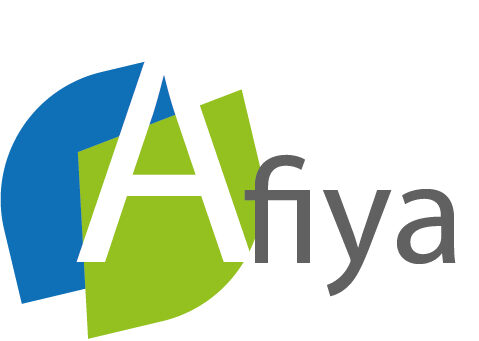

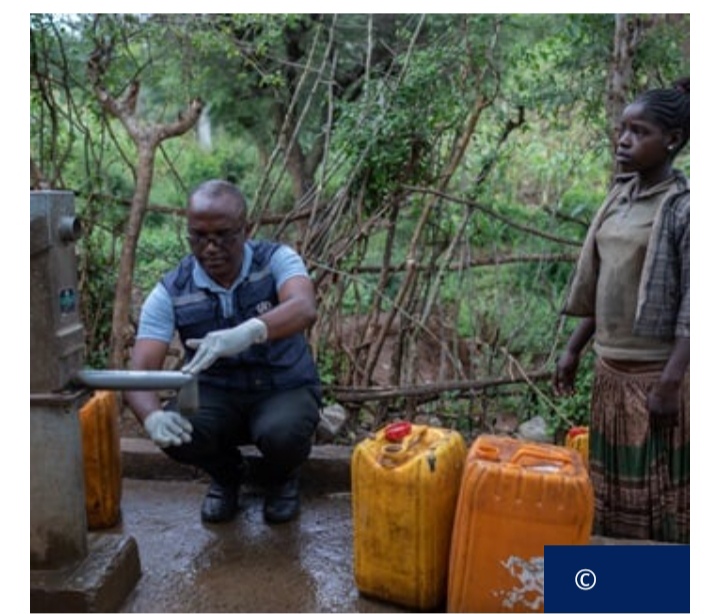
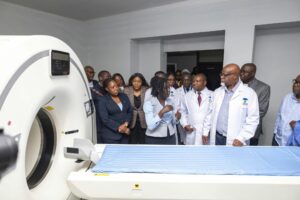
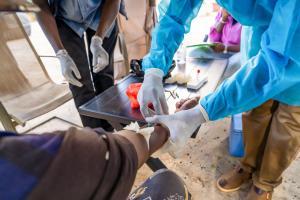
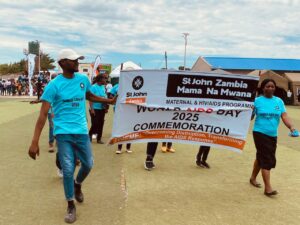
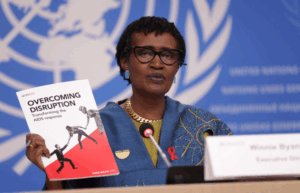
OTHER ARTICLES
Zambia : Health Sector Progress Update
Rift Valley Fever in Senegal: On the Frontline to Protect Communities
Zambia : commemorates world AIDS day